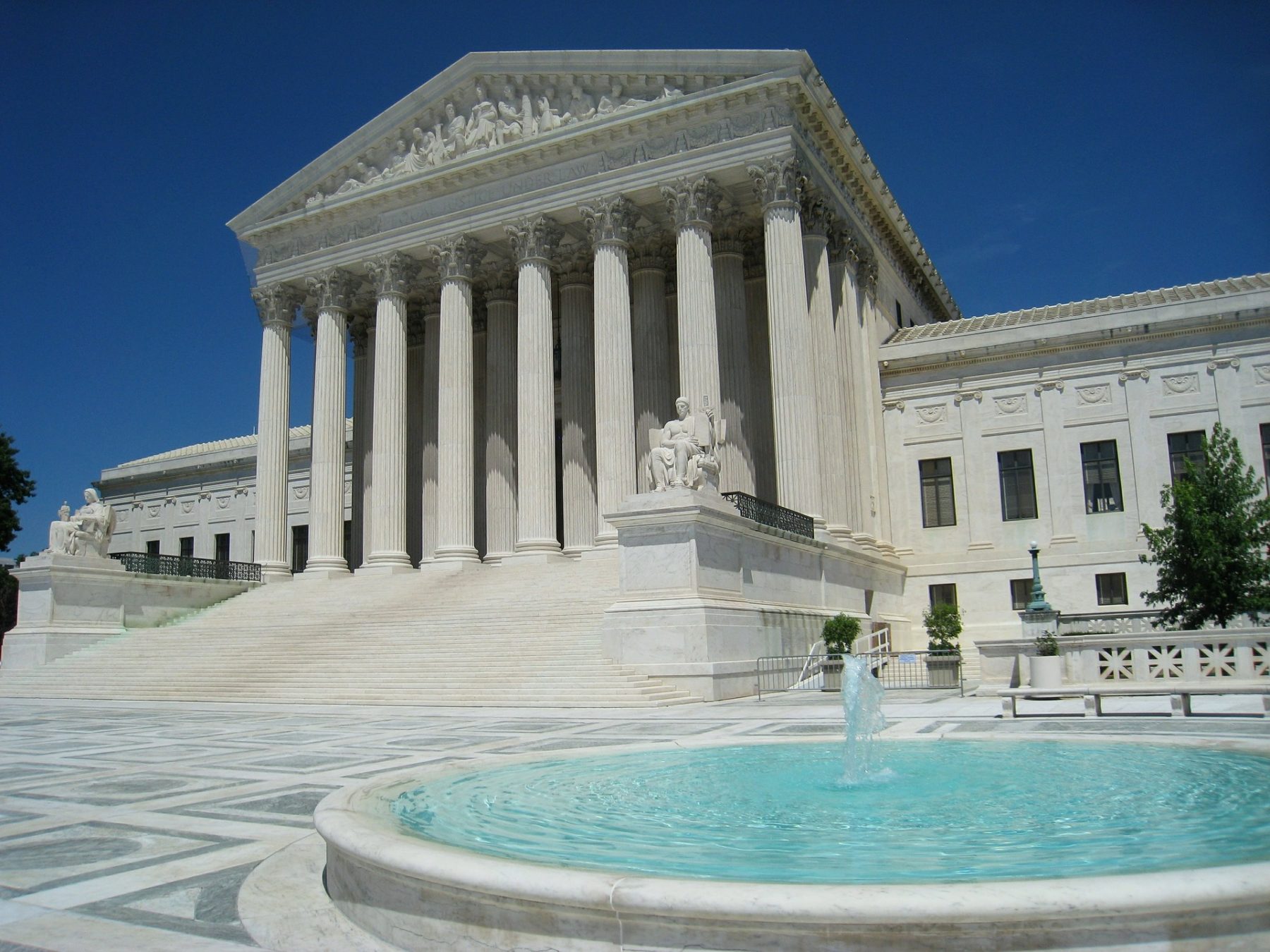Everyone has freedom under the law to willingly attest, agree or disagree to a particular…
Carpenter v. United States

In Carpenter v. United States, the Supreme Court reversed the choice of the lower court that seizure and search of 127 days of an individual’s PDA area information was not a “search” under the Fourth Amendment. In the criminal case beneath, the District Court for the Eastern District of Michigan denied Defendant’s movement to smother the area information and later denied post-preliminary movement for absolution, and movement for new preliminary. Carpenter claimed, and the Sixth Circuit maintained the locale court’s choice. The government got the Defendant’s area information under the Stored Communications Act, which requires telephone organizations to uncover certain authentic call records when the government provides “explicit and articulable actualities appearing there are sensible grounds to believe” that records at issue “are relevant and material to a progressing criminal investigation.”
In Carpenter, the Supreme Court considered the Fourth Amendment standard for the utilization of versatile area information by law authorization. The Fourth Amendment ensures the “right of the general population to be secure in their people, houses, papers, and impacts against outlandish inquiries and seizures.” However, the Supreme Court has not previously had a chance to address the utilization of the Fourth Amendment to numerous kinds of current information, including mobile phone area information. Equity Sotomayor broadly commented as she would like to think in the 2012 choice in United States v. Jones that it “might be important to rethink the reason that an individual has no sensible desire for privacy in data voluntarily revealed to outsiders,” a methodology that she portrayed as “ill-suited to the advanced age.” The Court held that versatile area information is secured under the Fourth Amendment, declining to broaden the “outsider teaching” from Smith and Miller to this cutting edge surveillance system.
Carpenter v. United States started in December of 2010 when a progression of thefts hit Michigan and neighbouring Ohio. Amusingly, the culprits were after phones. Over the course of a year, they looted several Radio Shack and T-Mobile stores at gunpoint, filling plaid clothing sacks with cell phones. The police captured four men, including the candidate, Timothy Carpenter, who was later convicted of submitting several of the thefts and condemned to 116 years in jail (much obliged, to a limited extent, to compulsory essentials).
Law authorization had the option to interface Carpenter to the wrongdoings by getting over 100 days of his cell phone area information records from Metro PCS and Sprint, all without a warrant. Those records set his telephone at over 12,000 distinct areas, revealing which Sundays he went to chapel, and when he didn’t go through the night in his very own home.
Law implementation authorities had the option to get the records under the Stored Communications Act, go in 1986, which expects examiners to illustrate “explicit and articulable realities appearing there are sensible grounds to believe” that electronic information being looked for is relevant to a continuous criminal investigation. Be that as it may, the law holds back before necessitating that examiners show reasonable justification, which is important to acquire a warrant.
Prior to his preliminary, Carpenter contended that getting the records established a Fourth Amendment search, and in this way, the police ought to have required a warrant. His movement was denied, and the Sixth Circuit Court later maintained the case. The Supreme Court consented to hear it a year ago.
, Justice Kennedy, joined by Justices Thomas and Alito, keeps up that “Phone site records, however, are the same as the numerous different sorts of business records the Government has a legitimate appropriate to acquire by the mandatory procedure.” They call the qualification among CSLI and different records like money related or phone records made by the court “unreasonable”
